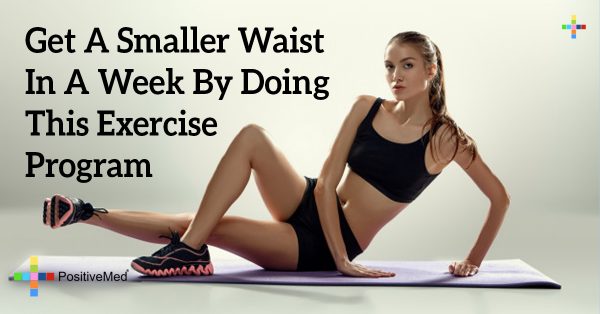

Push through your heels to a standing position.Grasp your hands around the kettlebell handle. To get in starting position, keep your chest up, then slowly push your hips back and bend your knees slightly as you pick up the kettlebell so that you are in a hip hinge, which has less bend in the knee and more tilt from the upper body compared to a squat.To complete a Kettlebell Deadlift, stand with your feet shoulder-width apart and a moderately heavy kettlebell placed between your heels.

Functional exercises like this are essential to holistic strength and useful to perform daily activities with optimal form-whether you're picking things up or standing up from a chair. For an effective workout, Hashish recommended doing five sets of side planks in total.Ī Kettlebell Deadlift specifically "targets the entire posterior chain, which includes your upper back, lower back, glutes and hamstrings, making it an excellent compound movement", Kadar said.Then, hold for 20 seconds before repeating on the other side to complete the set.

For a little more of a challenge, you can lift the right leg, which will further activate the core.

#Lower back exercises for smaller waist full
If this exercise is a challenge and you wish to work up to a full side plank, try bending the left leg and straightening the right leg while focusing on pulling the abdomen in. Plank your body by raising up onto your left elbow and foot."Lie on the left side of your body, with your left arm directly beneath your shoulder, your right leg slightly bent, and your left leg straight with the outside of your left foot on the floor", Hashish said.Planks also target the muscles that stabilise the spine, which can not only strengthen them but also prevent lower-back pain. To challenge your strength, Shively recommended holding your Bridge Pose at the top for six seconds before lowering back down.īy firing up your core and engaging your balance, Side Planks can strengthen the muscles in the lower back and lead to more abdominal stability over time by strengthening the core muscles. Slowly lower the body back down to your starting position by gently dropping the back, vertebrae by vertebrae, followed by the hips and repeat 10 to 15 times for a full set.If you don't feel this in your posterior chain, try digging your heels down into the ground to help further activate the muscles. "Start with squeezing your glutes together, then flatten your lower back and maintain this position when you lift your hips off the ground to create a 'bridge' with your body", Shively said.Place your arms down by your side with your palms facing down.Your feet should be directly under your knees and your toes should point forwards (which is a slight diagonal since your knees are slightly wider than your shoulders).Lie down on your back with your knees bent and feet flat on the floor, slightly wider than shoulder-width apart.Glute Bridges might target the glutes but, according to Shively, they are also an excellent workout for the back because they strengthen the abdominal muscles, which support the lower back. The key to optimising lower-back strength? Including exercises in your workout routine that specifically target it, in addition to those that engage your core. Research shows that strengthening the lower back can also contribute to longevity as it "helps your body become more resilient to everyday demands and minimises the risk of developing lower-back pain in the future", said Eni Kadar, DPT, Cert. "Poor lower-back strength is one of the primary culprits for poor posture and can lead to compensatory movements and forces to other muscles and joints, ultimately resulting in excessive wear and tear and injury". "Sufficient lower-back strength is essential for keeping posture upright while sitting and standing", said Rami Hashish, PhD, DPT. The body relies on the lower back for virtually every activity performed throughout the day, so keeping it strong means it can continue to perform everything from small tasks like standing up from a chair, to larger tasks like moving a piece of furniture or carrying shopping up a flight of stairs.


 0 kommentar(er)
0 kommentar(er)
